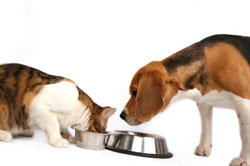
Do you have a pet in your home that is guarding of their food or treats? Some dogs may display these aggressive behaviors well into adulthood but the good news is that this behavior can be resolved. The following explains a few tips and advice for coping with food aggression behaviors.
In a feeding situation, it is best to remove any possible conflict from the area. When feeding time is over, be sure to remove or put away the food bowl. It is important that your dog is fed at regular scheduled times; not free fed. When food is being prepped, try to keep the pet in a separate room or even outside the house entirely. Once food is ready, you may then place the food bowl in a secure location like a bedroom with a door lock or in his crate. This is particularly important for homes with small children. Once your pet has finished his food and is now out of sight from the food bowl, it can be safely removed from the room or crate. Do not feed your pet in the presents of people or other pets in the home. This technique may need to be a long term lifestyle to help reduce the stress and anxiety to the pet during feeding time.
In less severe aggressive situations, retraining may be all that is needed. For example, try splitting up the meal into multiple smaller meals. For this technique, command the dog to sit/stay. Pour a portion of the food into the bowl, set the bowl down on the floor and back away 2-4 feet. Release your dog from the sit/stay command to allow to eat while you stay put at a distance. Once he has finished the portion of food, command the dog to sit/stay away from the food bowl. Again, pour another portion into the food bowl and then back away. Continue these steps until the full meal has been finished. Always give praise (in verbal form at this time) when he has done what is commanded. Occasionally, you may add a treat into one of the portions for reward. If at anytime your pet shows signs of aggression, end the session immediately and remove the bowl once he has backed away from it. Trying to remove the bowl or treat while he is eating may increase his anxiety and aggression.
Training sessions should progress to the point of you being able to stand closer to him at each session. For instance, once he feels comfortable with you standing 4 feet away at each meal, try standing only 3 feet away at the next meal time and so forth. Eventually, you should be able to stand beside him while the food bowl is lifted, added, refilled, or given treats. Keep using the sit/stay command before allowing him to eat and only use small portions at a time. If all of this has been successful, move onto larger portions and try to get him to pause while eating with verbal commands or by leash or halter. When he sits down, you may add more food or offer a special treat. It may not be safe to progress to petting the dog during eating or walking away and re-approaching quite yet. At no point should you reprimand your dog for negative behavior; give positive reinforcement (praise or treat) only. Again, if negative behavior starts, simply end the session and remove the bowl.
Other techniques may include feeding a meal by hand. This technique should only be done if your dog shows zero sign of anxiety. If he becomes comfortable with this, graduate to placing a portion of food into the bowl directly by hand. Move in slow calm movements so as to not startle him or increase his anxiety.
Dealing with any aggressive behaviors takes time and patience. Always use positive reinforcement for best results and do not use these techniques if your dog tries to lunge or attack as you approach.

 How common is dental disease in dogs?
How common is dental disease in dogs?






Recent Comments